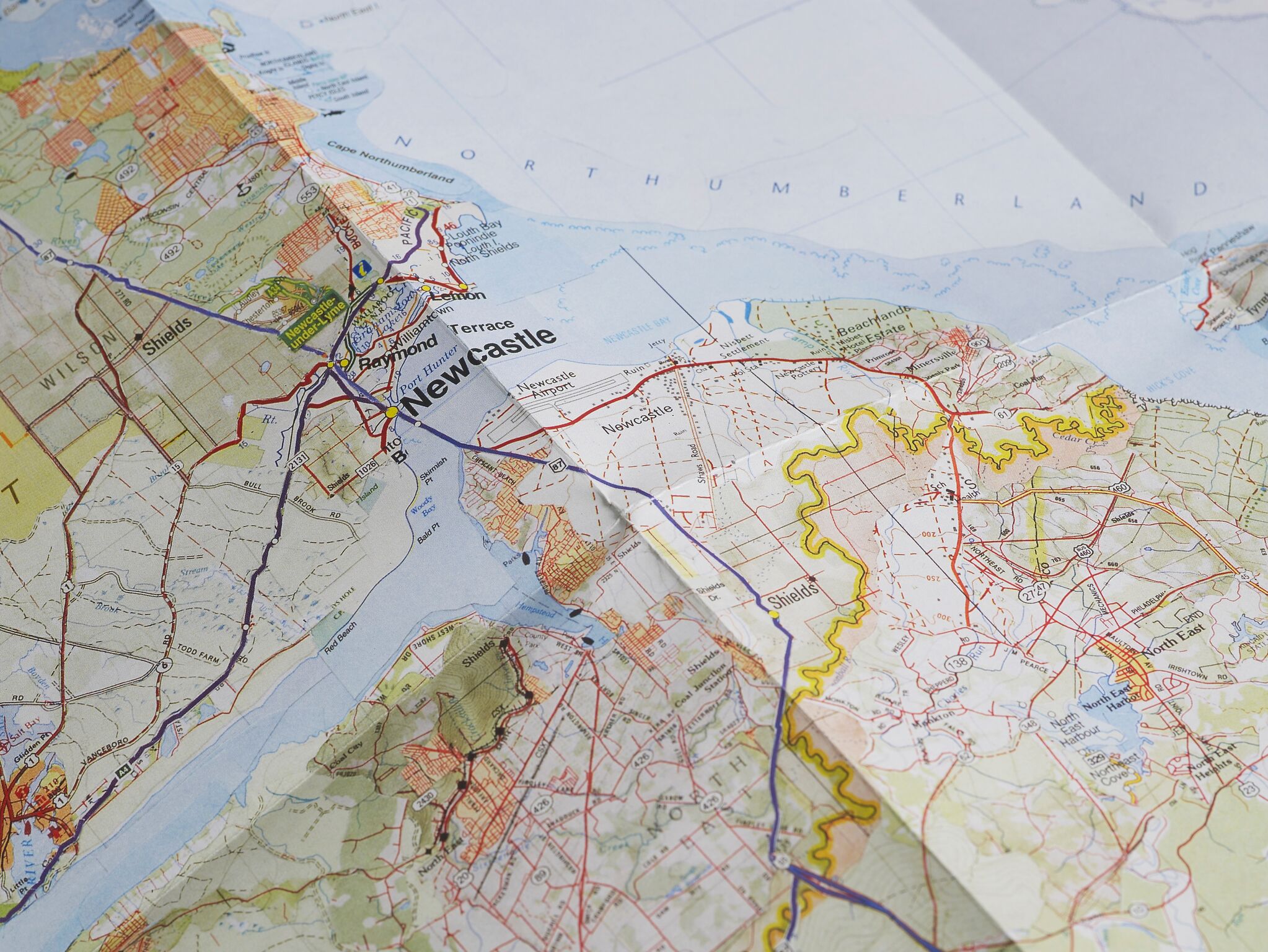Maps in Sand
/By David Lewis:
My family has passed through any number of forgotten towns and cities, losing languages and leaving our dead in overgrown graveyards. What connects us to time and place? Unless attachments are actively preserved, the connections become fainter with each generation.
My grandfather William Eyton Jones was born in Llangollen, north Wales. My grandmother Janet was born in Glasgow, but Llangollen became very important to her, and for my mother it was a second home. When I was a child we visited the town to tidy the family graves and visit my mother’s cousin. I felt that we belonged and did not belong; we ate ice cream in the sunshine with the other tourists, yet we had graves in the hillside cemetery and family on quiet back streets.
I returned to Llangollen before lockdown to walk the streets and refresh the memories. Strengthening these connections between memory, family and landscape is like maintaining maps in sand, retracing the outlines of a story to revitalise it, but what I am really strengthening is how my family feels about this town. This was a landscape we knew for 160 years – windows, brickwork, chimney pots, the endless roar of the river; things of no importance, the secret elements of our lives unknown even to ourselves. What stories took place on these streets? In thin sunshine I walked through love stories, family walks, chance encounters, laughter, funerals.
I stopped at the war memorial. The granite glinted in the sunshine, awaiting its moment of importance in November. My grandfather knew and served alongside these Great War dead, the Hugheses, the Griffithses, the Lewises, above all the Joneses. Family history is an emotional spotlight of memory and narrative that illuminates some people and hides others. Many of these Joneses would be family who had faded from my story and become important in others. Perhaps my grandfather joined the Royal Welch Fusiliers on the same day as these Joneses, the lost cousins from the hill farms. Is it irreverent to think of this war memorial as a monument to unknown family? Perhaps.
The steep road to the cemetery was still narrow and quiet, but new houses were creeping up the hillsides, building on what was open farmland and a shaggy, gloomy playing field. But the little cemetery was still a quiet place of yews and damp grass, wild-flowers and benign neglect, with superb views over the town and the distant hills. My Llangollen grandparents are buried there. This was the focus of our visits, the maintenance of their resting place; even today all my Llangollen excursions end at the grave.
These maps in sand refresh family story and family history, but there is only so far back in time I can travel. My most valued family connections to Llangollen are two battered 1930s photograph albums; my mother and her older sister at Plas Newydd, an uncle playing with his dog in the sunshine. Yet one album is unlabelled, marooning the family in a permanent unknown past, their names forgotten. Some I recognise, most I don’t. For all the time spent reaffirming old stories, here is a bridge I cannot cross; I cannot travel back any further, and here the past cannot be reached.
***
David Lewis has written five books of history/landscape/psychogeography about his native Liverpool and Merseyside. He posts urban/rural images on Instagram -davidlewis4168 and mutters about the world on Twitter -@dlewiswriter













